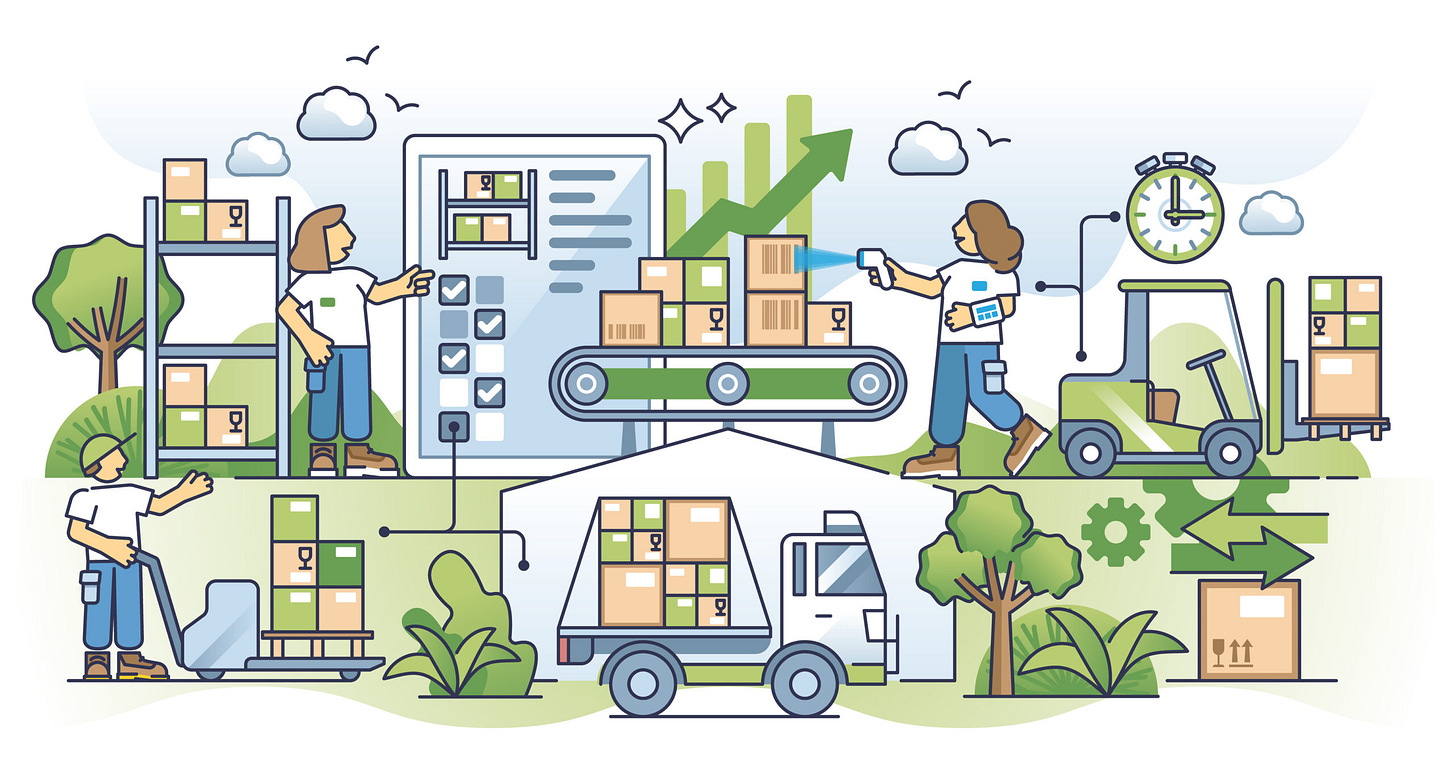Driving Operational Efficiencies in Retail
This is one of my articles which was published on Deloitte’s blog as part of the series called- “6 Steps to transforming your retail & consumer business on cloud”. This particular post was centred around driving operational efficiencies in retail. The main focus here was on improving forecasting effectiveness by optimising your supply chain. Full article is below
-------------------------------------------
Enhance business growth with better forecasting
The Covid-19 pandemic has accelerated the shift towards eCommerce and revealed retailers’ capability gaps in omnichannel fulfillment and supply chain optimisation. Moves to regionalisation, mass customisation and hyper-local are putting more pressure on capacity planning, assortments and inventories.
According to the Retail Drive Group, retailers are potentially losing $1 trillion in sales from inventory out-of-stocks due to poor assortment planning or real-time tracking. The main challenges are poor in-store execution, excessive inventory carrying costs and frequent markdowns. This has now become an area of focus, as now more than ever retailers need to be able to share information across their organisation, understand the shifts of consumer behaviour on inventory and be able to optimise assortments and fulfillment capabilities in real-time.
Supply chain optimization is a crucial area of operational improvement which starts with creating data accessibility and consolidation. Building a technology architecture that enables you to gather, consolidate, analyse and report on all the data elements across your value chain is key for complete visibility. In addition, scenario planning for business continuity is also important in order to build resilience in your supply chain. You can then use Artificial Intelligence (AI) or Machine Learning (ML) technology to optimise specific use cases such as demand forecasting, assortment planning, route and inventory optimisation to drive further efficiencies in your supply chain.
Demand forecasting solutions can provide retailers with accurate forecasts of future sales of products at locations of interest along with insights to enable merchandising planners to make planning decisions using advanced analytics and AI or ML. Decisions made on accurate forecasts reduce lost revenue through stockouts, excessive discounting and reduce inventory holding and spoilage costs. Using technology partners like Google Cloud will allow retailers to better predict customer demand, market trends and anticipate demand forecasts through using real-time analytics capabilities.
A great case study of a retailer leveraging technology to drive operational efficiency by optimising their supply chain is Home Depot. The American home improvement chain partnered with Google Cloud to build their demand forecasting and inventory optimisation engine. This engine manages their data and monitors store inventory in real-time, ultimately enabling their associates to keep over 50,000 items stocked at over 2,000 store locations. Another example is Carrefour, one of the largest grocery retailers in France. Carrefour needed to provide the right products, in front of the right shoppers at the right place, time and price. Through running SAP on Google Cloud, Carrefour developed an assortment recommendation tool to optimise selection at the store level — ensuring On-Shelf Availability for customers as well as giving the store directors influence on inventory decisions.
While shoppers are increasingly becoming channel agnostic, they are still looking for a consistent experience during their purchase journey. Hence, the need to build a connected platform that integrates digital and physical stores. Solutions like Google Cloud API Management for Retail (powered by Apigee) allows retailers to easily integrate their different platforms and systems to provide a more unified shopping experience for customers. Retailers often struggle to centrally manage multiple applications across store operations. By using a Cloud application like Google Cloud Anthos for Retail, retailers can streamline store operations by consistently deploying, configuring, and managing applications across all their stores at scale.
Operational improvements are the key to driving digital and omnichannel revenue growth. By using a connected platform across all channels, retailers can create end-to-end visibility across their supply chain and build capabilities to optimise product assortments in real-time. In this manner, retailers can keep up with changing consumer behaviours and expectations in particularly turbulent times.



